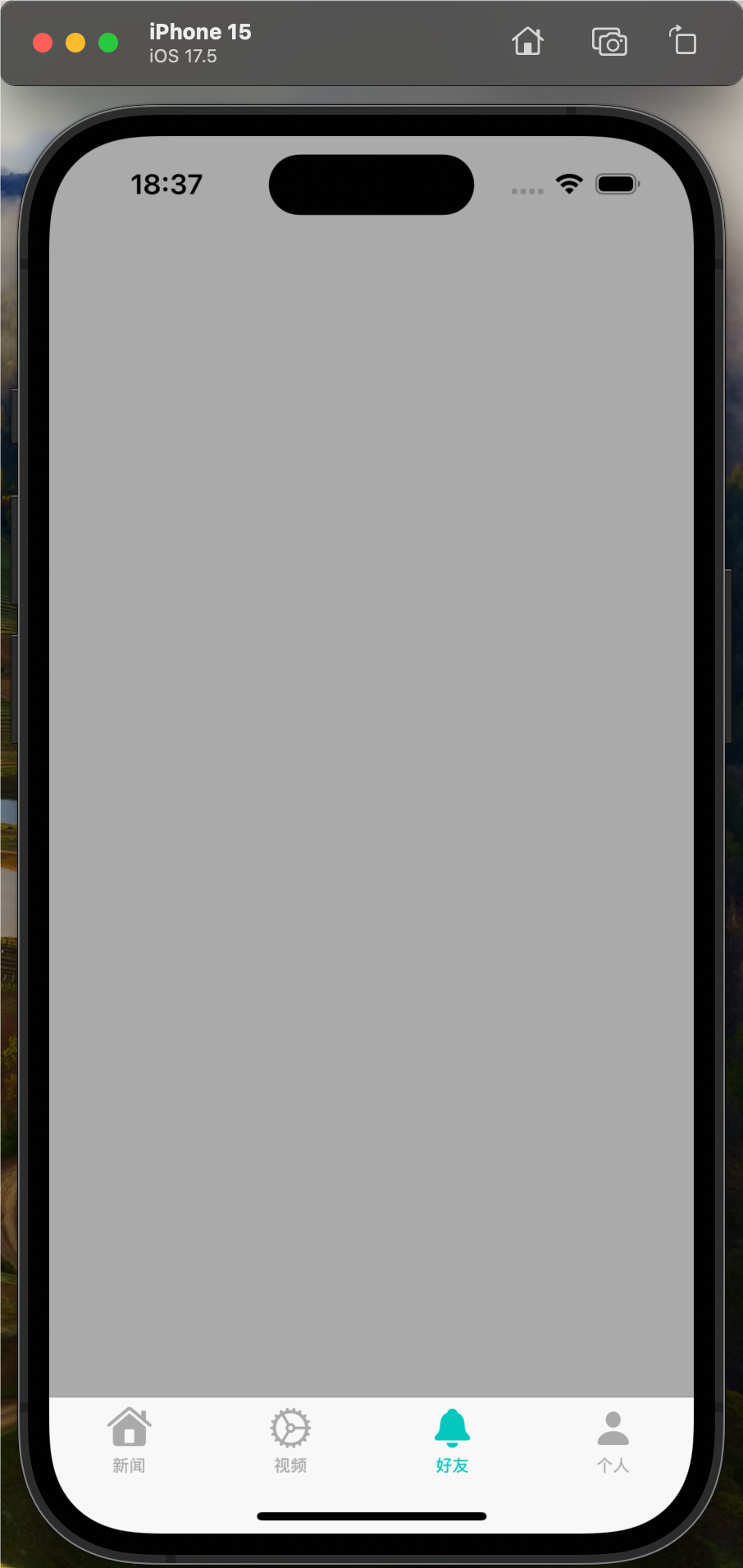所以我有一个名为description的Nsstring属性,定义如下:
@property (strong,nonatomic) NSMutableString *description;
我在定义getter时可以将它称为_description,如下所示:
- (Nsstring *)description { return _description; }
但是,当我定义一个setter时,如下:
-(void)setDescription:(NSMutableString *)description
{
self.description = description;
}
它从前面提到的getter(未声明的标识符)中断了_description.我知道我可能只是使用self.description,但为什么会这样呢?
解决方法
@borrrden的回答非常好.我只是想补充一些细节.
@property (strong,nonatomic) NSMutableString *description;
它是自动合成的.含义:如果你不提供自己的getter setter(参见borrrden的答案),就会创建一个实例变量(默认情况下它的名称为“underscore propertyName”).根据您提供的属性描述(强,非原子)合成getter setter.
因此,当您获取/设置属性时,它实际上等于调用getter或seter.所以
self.description;
等于[自我描述].
和
self.description = myMutableString;
等于[self setDescription:myMutableString];
因此,当你像你一样定义一个setter:
-(void)setDescription:(NSMutableString *)description
{
self.description = description;
}
它会导致无限循环,因为self.description = description;调用[self setDescription:description] ;.

